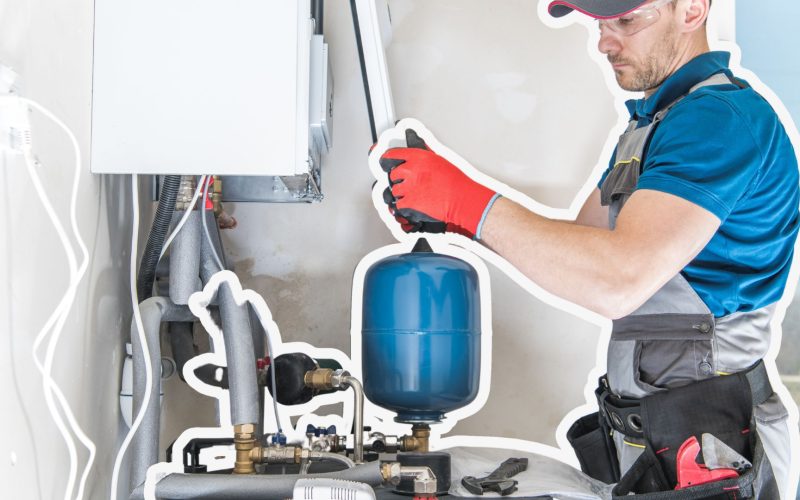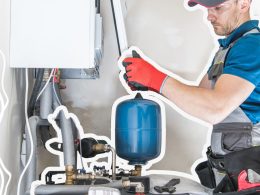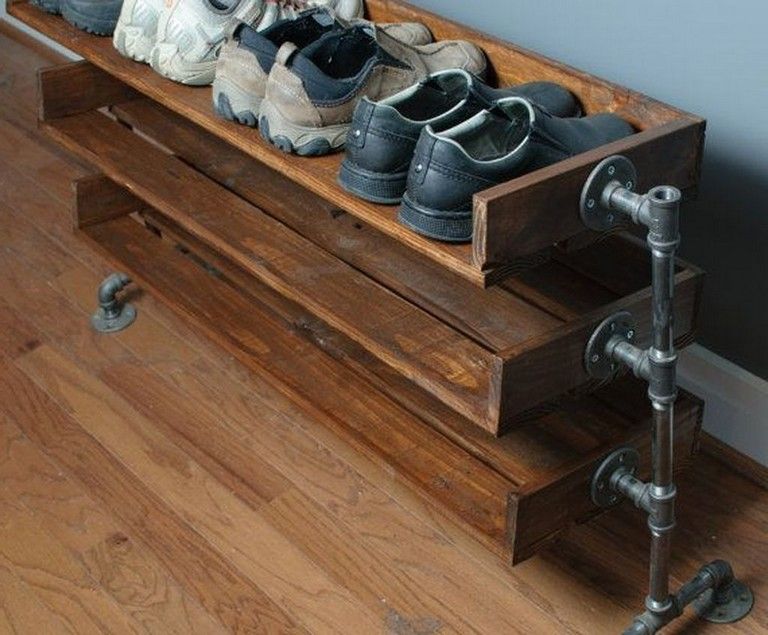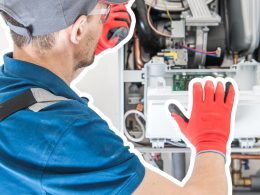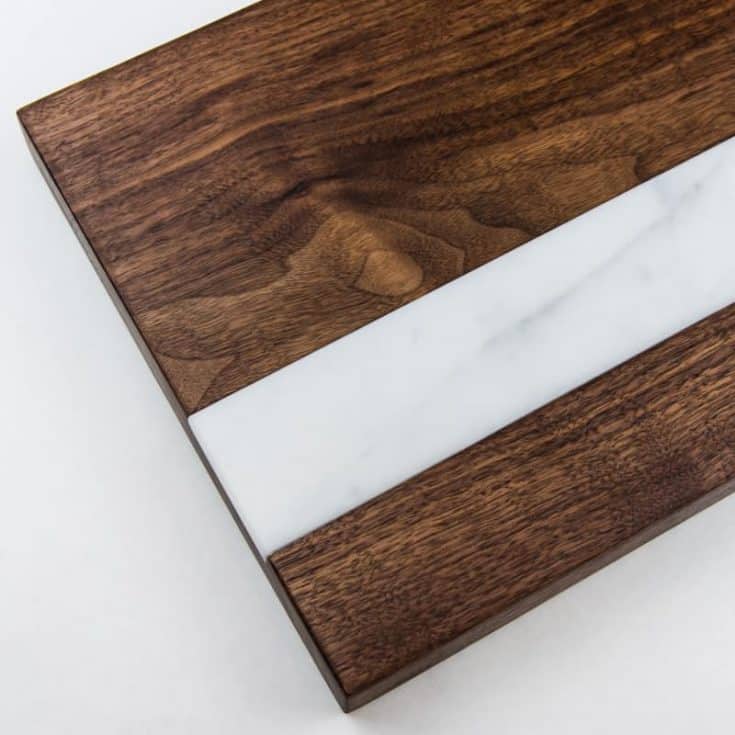Sump pumps are essential for keeping our basements dry, but they sometimes stop working properly. If you’ve noticed your pump acting up, you’re not alone.
Many homeowners face this issue, especially after power outages or long periods of disuse.
I’m here to help you get your sump pump back on track. In this guide, I’ll walk you through resetting your sump pump step by step.
You’ll learn to disconnect the power safely, clean the pump, and restart it effectively.
By the end of this article, you’ll know how to reset your sump pump confidently, saving you from costly water damage and giving you peace of mind during heavy rains.
Understanding the Need for a Reset
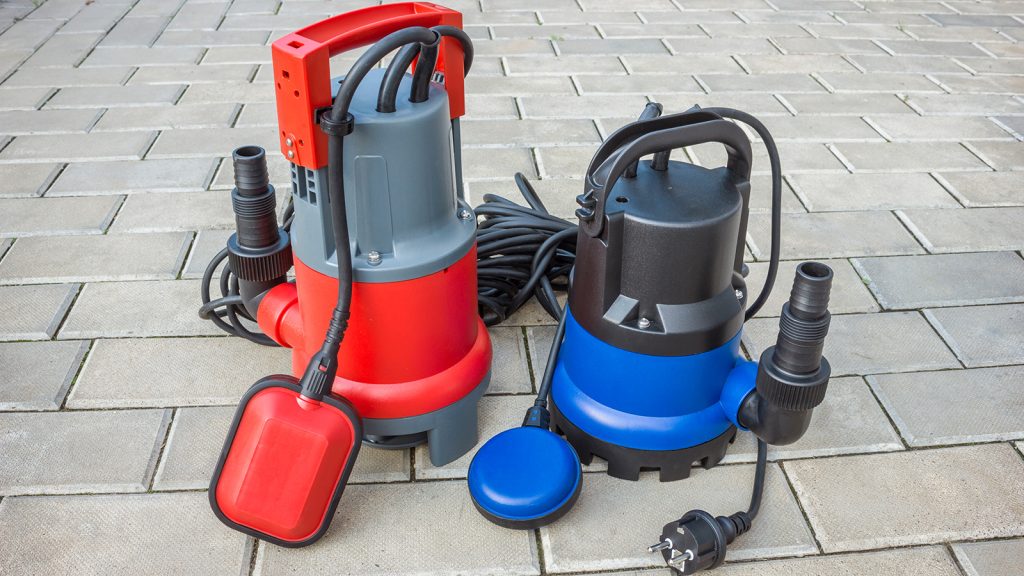
Your sump pump works hard to keep your basement dry, but sometimes it needs help. Let’s discuss when and why you might need to reset your sump pump.
First things first, there are a few common situations where a reset might be needed.
After a power outage, your pump might not start up again. This is normal, especially if the power went out during a storm.
Regular use can also lead to the need for a reset. Some parts might tire if your pump has been working nonstop for a while. A reset can help get things back on track.
Lastly, watch out for debris. Leaves, dirt, and other stuff can build up over time, slowing your pump or even stopping it. If you notice your pump working slower than usual, it might be time for a reset and a clean-up.
Step-by-Step Tutorial on How to Reset Your Sump Pump
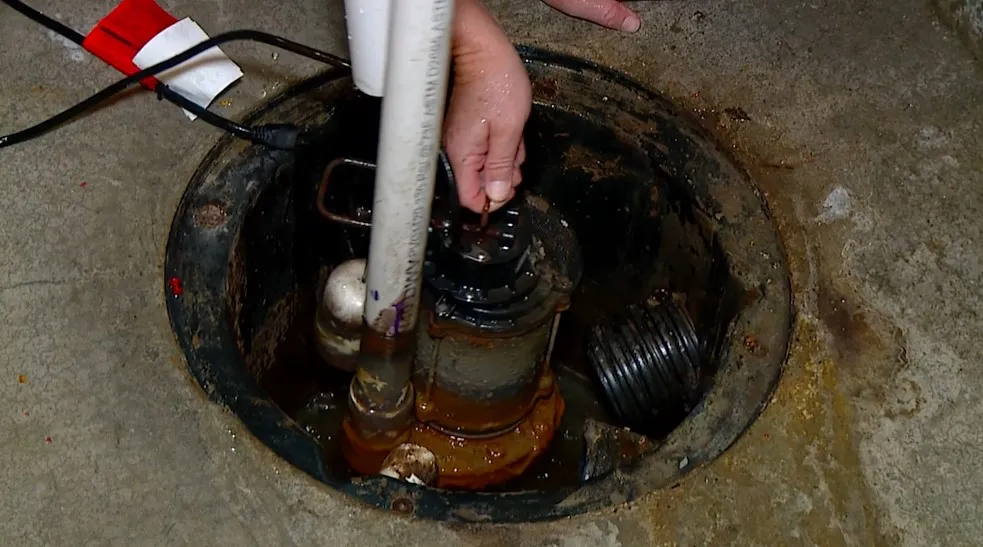
1. Safety First: Disconnect the Power
Safety should be your top priority when working with your sump pump. Water and electricity don’t mix well, so we must be extra careful.
Before you start, you need to turn off the power to your sump pump.
This is important to avoid getting shocked, which can be very dangerous. Plus, it helps prevent any damage to your pump.
Here’s How to Disconnect the Power:
- Find the sump pump switch. It’s usually near the pump or on a nearby wall.
- Turn the switch to the “off” position.
- Unplug the pump from the electrical outlet.
For extra safety, you can also turn off the power at your home’s electrical breaker:
- Find your breaker panel. It’s often in the basement, garage, or utility room.
- Look for the breaker labeled for your sump pump.
- Flip that breaker to the “off” position.
Always double-check that the pump is completely powered down before you start working on it. This way, you can safely reset your sump pump and avoid accidents.
2. Removing the Sump Pump from The Basin
Now that we’ve turned off the power let’s get that pump out of its basin.
Here’s How to Remove the Sump Pump from The Basin Safely:
- First, take off the basin cover. It might be screwed on or just sitting there.
- Next, look for any pipes connected to the pump. Gently disconnect these.
- Now, carefully lift the pump out of the basin. It might be a bit heavy, so take your time.
- Place the pump on an old towel to catch any drips.
Here’s a handy tip: Take some pictures as you go. This will help you remember how everything fits back together later. It’s like having your instruction manual!
When handling the pipes and cover, be gentle. While you’re at it, check them for wear and tear. You might need to replace these parts if you spot any cracks or damage.
3. Cleaning the Sump Pump
A clean pump is a happy pump! Let’s discuss why cleaning is important and how to do it right.
Over time, dirt and leaves can build up in your pump. This can block water flow and make your pump work harder than it needs to. The motor might wear out faster if we don’t clean it out.
Here’s How to Clean Your Pump:
- Start by scooping out any visible gunk from the pump and basin. Wear gloves for this—it can be messy!
- Find the filter and clean it thoroughly. If it looks really bad, you might need to replace it.
- Wipe down the outside of the pump with a damp cloth.
Remember to check the drain lines and discharge pipes.
If they’re clogged, your pump won’t work well, even if it’s clean. If you find any blockages, clear them out. For tough clogs, you can use a plumbing snake or high-pressure water.
After cleaning, run some water through to ensure everything flows freely. This will let you know your pump is ready to return to work!
4. Configuring and Restarting the Sump Pump
Now that we’ve cleaned everything, it’s time to put it all back together.
Here’s How to Do It:
- Carefully lower the pump back into the basin. Make sure it sits firmly at the bottom.
- Reconnect all the drain pipes. Double-check that they’re tight to avoid any leaks.
- Put the basin cover back on and secure it properly.
Next, let’s ensure the float switch is in the right spot. Based on the water level, this switch tells the pump when to turn on and off. Check that it can move up and down freely. Your pump won’t know when to start working if it’s stuck.
Time to Turn It Back On:
- Plug the pump back into the outlet.
- Flip the switch to “on.”
- If you turned off the breaker earlier, turn that back on, too.
Watch the pump as it starts up. It should run smoothly without making any weird noises. If it doesn’t start, check your fuse box to see if a circuit tripped.
5. Resetting the Sump Pump
Sometimes, your pump might need a quick reset to return to work.
Here’s How to Do It:
If your pump has a reset button:
- Find the button on your pump.
- Press it firmly.
If there’s no reset button:
- Unplug the power cord.
- Wait about 30 seconds.
- Plug it back in.
If your pump still won’t start after trying these steps, let’s do some troubleshooting:
- Make sure the outlet is working by plugging in something else.
- Check your circuit breaker again to make sure nothing tripped.
- Look at the power cord and connections for any damage.
If you’ve tried all this and your pump still isn’t working, it might be time to call a pro. Don’t worry—sometimes pumps have tricky problems that need an expert’s eye.
A professional plumber can figure out what’s wrong and fix it safely.
Remember, if you’re ever unsure about what you’re doing, it’s always better to ask for help than risk damaging your pump or home. Stay safe!
Maintenance Tips for Sump Pump Longevity
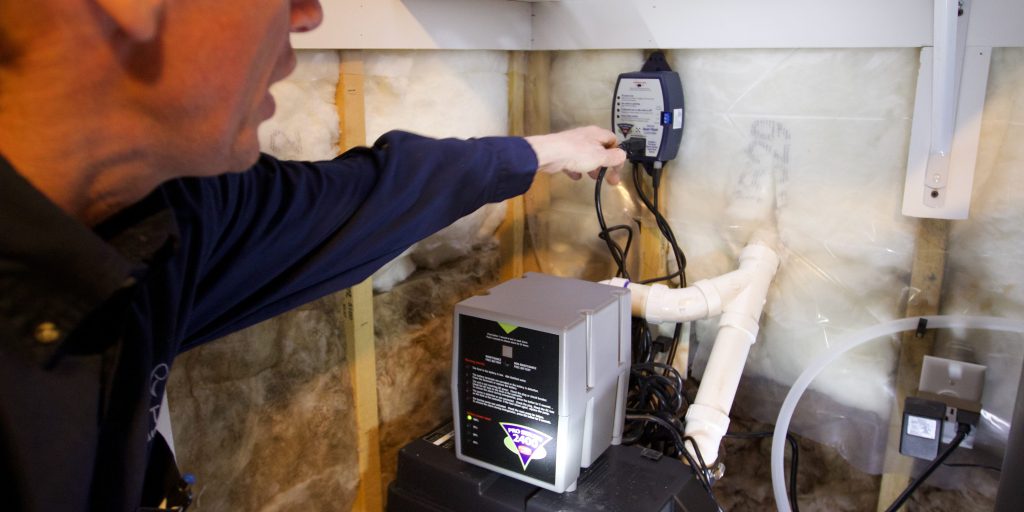
Taking good care of your sump pump can help it last longer and work better. Here’s a simple maintenance schedule you can follow:
- Monthly: Take a quick look at your pump and basin. Remove any visible debris.
- Every Three Months: Give your pump a thorough cleaning. Remove it from the basin, clean the filter, and check the pipes for blockages.
- Yearly: Deep clean and inspect your whole sump pump system. Look for worn-out parts that might need replacing.
Here are some tips to keep your pump running smoothly:
- Keep the basin clean. This reduces strain on your pump.
- Test your pump regularly. Pour some water into the basin to ensure it turns on and removes it correctly.
- Make sure your pump is installed correctly. All connections should be tight and secure.
Conclusion
Now that you know how to reset your sump pump, you’re better equipped to handle this important home maintenance task.
Remember, a well-functioning sump pump is your first line of defense against basement flooding and water damage.
Regular checks and cleanings are crucial for keeping your pump in top shape. Inspect your pump monthly and perform a thorough cleaning every few months.
This simple routine can save you from costly repairs down the line.
If you ever feel unsure about any step in the process, it’s always wise to consult a professional. They can provide expert advice and ensure your pump is working correctly.
By taking good care of your sump pump, you’ll protect your home and give yourself peace of mind during heavy rains and snowmelts.
Frequently Asked Questions
Does a Sump Pump Need to Be Reset?
Sump pumps usually don’t need regular resets. However, you might need to reset it after a power outage, if it’s not working properly, or after cleaning and maintenance.
Why is My Sump Pump Not Kicking On?
Your sump pump might not start due to power issues, a faulty float switch, or a clogged inlet. Check the power connection, make sure the float can move freely, and clean out any debris.
How Do I Know if My Sump Pump is Clogged?
Signs of a clogged sump pump include unusual noises, the pump running but not removing water, or water backing up in the basin. You might also notice a bad smell from stagnant water.
What is the Most Common Reason for Sump Pump Failure?
Power loss can occur due to outages, tripped circuits, or unplugged cords. Regular maintenance and a backup power source can help prevent this issue.






